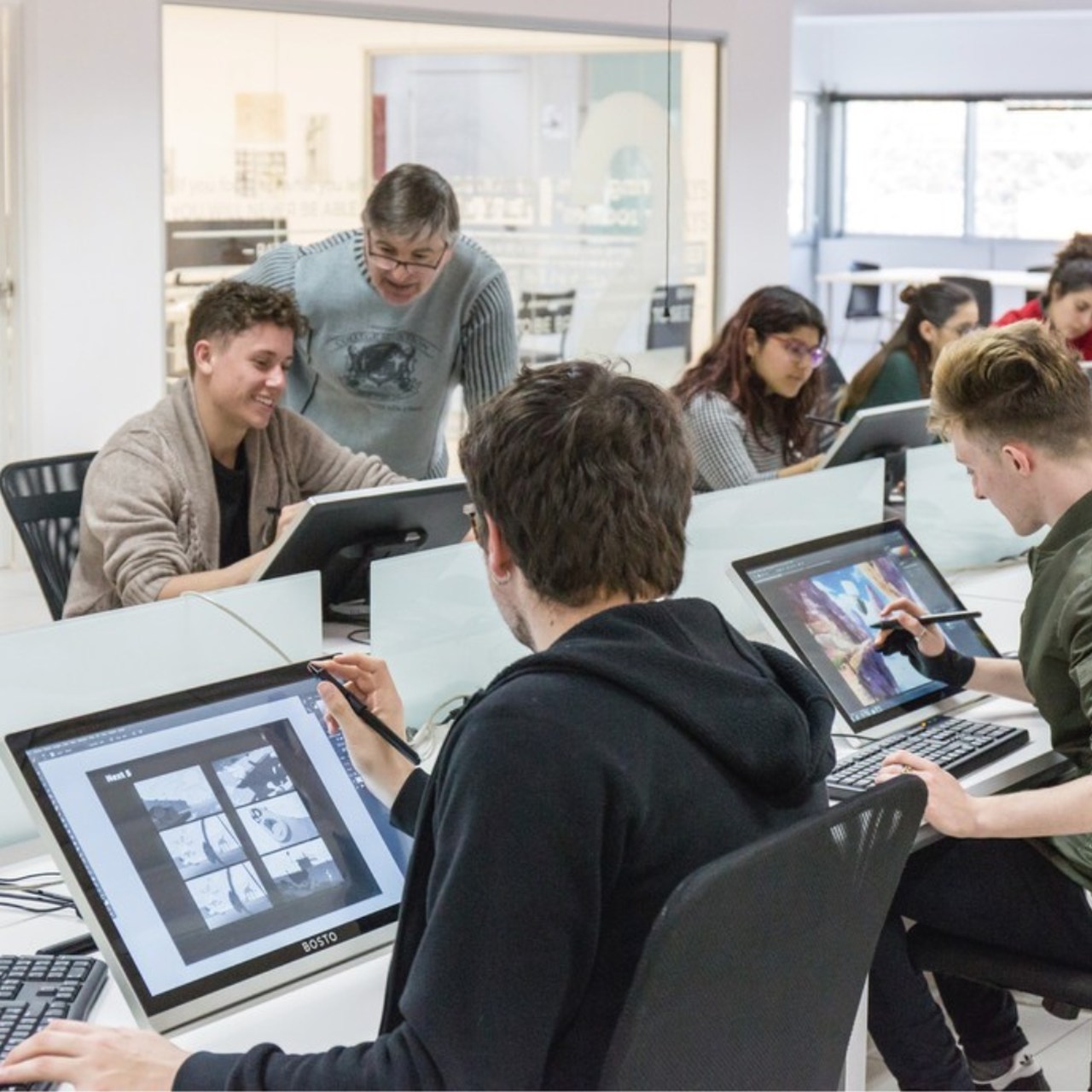The craft of animation is nothing new. The dates are not exact, but we can say that George Mèliés began experimenting with stop motion at the end of the eight hundred. And, nevertheless, it is from the last 20 years when the industry, the quality of the productions, the quantity and the technology have taken a giant leap. This fact has allowed animation to become one of the most important techniques in the audiovisual sector.
Specifically in Spain, animation generates around one billion euros per year and approximately ten thousand direct jobs. This positions it as one of the most promising industries nationally and internationally. In 2018 the Federation of Animation and Visual Effects Producers (Diboos) launched the White Paper for this industry. The reference study of the sector in Spain that highlights the strengths, weaknesses and challenges of the audiovisual industry with the greatest growth potential in our country. The general diagnosis was that the sector is clearly booming in our country, and is gaining weight within the audiovisual industry.
The report estimated the companies dedicated to animation at 250, the majority based in Madrid and Barcelona. Animation companies represent only 4% of all Spanish companies dedicated to audiovisuals, they account for the 20% of employment and 9% of the total turnover of the sector, which demonstrates the great capacity to generate business that they have. In addition, almost half of the companies active today did not exist a decade ago, which shows the effervescence that the sector is experiencing.
2D and 3D Animation: the difference is in the dimension
The animation is currently a set of techniques that They will allow you to communicate an idea using moving visual media created by a computer or manually. For each process there is a technique and for each technique there is a process. The term 2D means Two-Dimensions. And 3D means Three-Dimensions. 2D represents an object in two dimensions while 3D represents it in three dimensions. The objects in a 2D animation are merely flat, such as a painting or a photograph. In 3D animation, objects are like sculptures in that they have a front, back, top, and bottom. You can walk around them and view them from any angle. Nowadays you can find many visual examples from movies, shorts or even still images. The main difference is that each of the techniques requires a different process.
At L’Idem we offer you a comprehensive training in 2D/3D Animation, taught by a 100% active teaching team.
And what about video games?
A video game is a complete product in which the animator has a very important role as creator and creative. While video game production involves programming and hardware, one of the main parts of such creations are characters, environments, and interactivity. As technology has advanced, video games and animation have been sectors that have been getting closer and closer until becoming almost one. The great animators are behind the current great video games. At L’Idem we offer you specialized training in art for videogames, which will allow you to become a professional prepared to successfully face real time projects.

